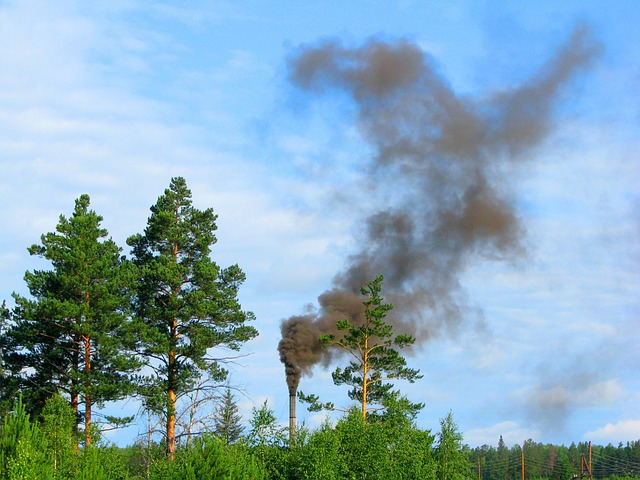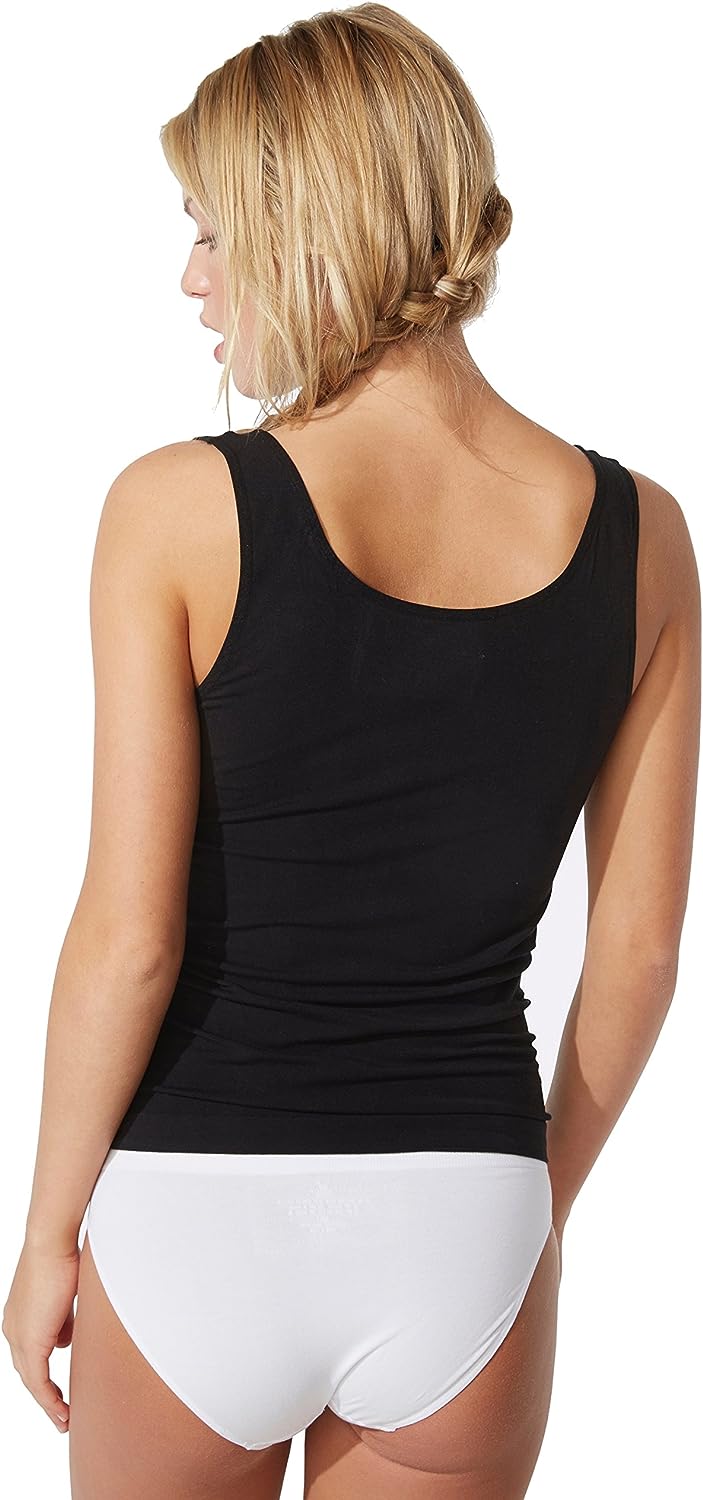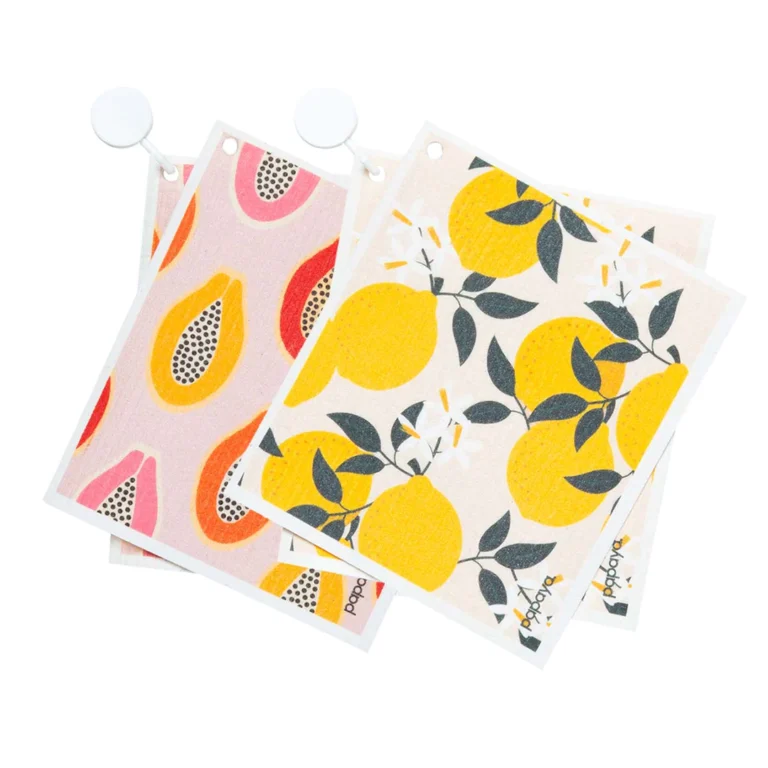In this article, we will explore the concept of fast fashion and help you understand its pros and cons. You will gain insight into the impact of fast fashion on the environment, workers’ rights, and consumer behavior. Additionally, we will provide tips on how to make more sustainable fashion choices without sacrificing style. So, whether you’re a fashion enthusiast or simply curious about this trend, stay tuned to learn all about the to be or not to be of fast fashion.
To Be or Not to Be: Fast Fashion
The Rise of Fast Fashion
Fast fashion has revolutionized the fashion industry, transforming the way we consume and perceive clothing. With its origins rooted in the early 2000s, fast fashion quickly gained popularity and has since become a powerful force in the world of fashion.
The Origins of Fast Fashion
Fast fashion emerged as a response to the growing demand for affordable and trendy clothing. Retailers began adopting new business models that prioritized speed and low production costs. By outsourcing manufacturing to countries with cheap labor, they were able to produce clothing at a fraction of the cost compared to traditional brands. This allowed for frequent turnover of styles and collections, catering to the desire for constantly changing fashion trends.

The Impact of Fast Fashion on the Fashion Industry
Fast fashion has undoubtedly made fashion more accessible to a wider audience. It has democratized style, allowing individuals to experiment with different looks without breaking the bank. This democratization has led to the rise of influencers and fashion bloggers who showcase their personal style and inspire others.
However, the rise of fast fashion has also resulted in several negative consequences for the fashion industry, leading to concerns about sustainability, ethics, and social implications.
The Dark Side of Fast Fashion
While fast fashion has brought affordable clothing to the masses, it has come at a high cost. The exploitation of workers in the garment industry is a troubling reality. Many workers in developing countries are subjected to low wages, long hours, and unsafe working conditions. This blatant disregard for workers’ rights has brought attention to the ethical concerns of fast fashion.
Additionally, the environmental impact of fast fashion cannot be ignored. The industry is known for its high levels of pollution, excessive waste, and heavy reliance on non-renewable resources. The use of toxic chemicals in the production process further contributes to environmental degradation.

The Alternatives to Fast Fashion
In response to the negative implications of fast fashion, various alternatives have gained momentum. Slow fashion promotes a more sustainable approach, focusing on quality over quantity and supporting brands that prioritize ethical manufacturing practices. Thrifting and second-hand shopping have also gained popularity as consumers become more conscious of the environmental impact of their choices. Supporting ethical and local brands is another way to contribute to a more sustainable fashion industry.
The Role of Consumers in Fast Fashion
Consumers play a crucial role in either perpetuating or challenging the fast fashion industry. The demand for fast fashion has fueled its growth over the years. However, as consumers become more aware of the environmental and ethical concerns, there is a shift in consumer behavior towards more sustainable choices. Educating consumers about the impact of their fashion choices is key to encouraging this shift.

The Fashion Industry’s Response to Fast Fashion
Fashion brands, recognizing the need for change, have begun taking steps towards sustainability. They are implementing sustainable initiatives, such as using eco-friendly materials, reducing waste, and investing in ethical manufacturing practices. Collaboration and innovation within the industry are also driving positive change. Furthermore, the shift towards a circular economy, where clothes are recycled and reused, is gaining traction.
The Economic Impact of Fast Fashion
The global market value of fast fashion is staggering. However, the immense growth of this industry has had implications for both workers and small-scale fashion businesses. While fast fashion has created employment opportunities, job insecurity is prevalent among workers in the industry. Small-scale fashion businesses struggle to compete with fast fashion giants, often facing financial strain or even closure.

The Future of Fast Fashion
Technological innovations are set to revolutionize sustainable fashion. From fabric made from recycled materials to 3D printing of garments, these advancements offer hope for a more sustainable industry. Regulatory measures are also being considered to address the issues surrounding fast fashion. Governments and industry organizations are working together to create stricter regulations on labor rights, environmental practices, and transparency.
The Social Influence of Fast Fashion
Fast fashion has a significant impact on society, particularly in relation to body image and cultural appropriation. The constant pressure to keep up with ever-changing fashion trends can contribute to body dissatisfaction and low self-esteem among consumers. Additionally, fast fashion has been criticized for appropriating culturally significant clothing and designs without giving proper credit or respect to the origins of these styles.
Social media plays a pivotal role in promoting fast fashion. Influencers and celebrities showcase their fast fashion hauls, creating a sense of urgency to buy the latest trendy pieces. The need for validation and the fear of missing out often drive impulse purchases.
The Emotional and Psychological Effects of Fast Fashion
The cycle of fast fashion perpetuates a culture of impulsive buying, contributing to consumer guilt. Many individuals are now seeking a more mindful approach to consumption, focusing on quality pieces that align with their values. Creating emotional connections with clothing, by investing in timeless pieces and cherishing them, can help break the cycle of mindless consumption.
Conclusion
The rise of fast fashion has impacted the fashion industry in significant ways, both positive and negative. While it has democratized fashion and made it more accessible, the environmental and ethical consequences cannot be ignored. The need for collective action is crucial in addressing these issues.
As consumers, we have the power to make informed choices and support sustainable alternatives to fast fashion. By demanding transparency, supporting ethical brands, and practicing mindful consumption, we can contribute to a more sustainable and responsible fashion industry. Balancing fashion and sustainability is possible, and our choices today will shape the future of fashion.













